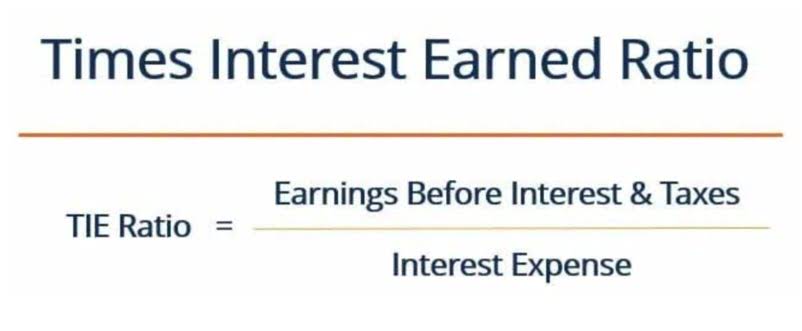
Create clear workflows for handling discrepancies, with defined escalation paths and response timeframes. Implement automated routing based on exception balance sheet type and value, and track resolution metrics to identify common issues and improvement opportunities. Automated resolution paths handle routine variances within predetermined tolerances, while larger discrepancies trigger escalation procedures.
Steps Involved In Invoice Matching

An example is in service sectors like healthcare, invoice matching where non-physical goods (e.g., software subscriptions) don’t require receipt validation. Investing in securities products involves risk and you could lose money. Carefully consider a fund’s investment objectives, risks, charges and expenses, as described in the applicable mutual fund’s prospectus. This is not an offer to buy or sell, or a solicitation of an offer to buy or sell, any security, and no buy or sell recommendation should be implied. The Brex Mastercard® Corporate Credit Card is issued by Emigrant Bank, Member FDIC, Fifth Third Bank, N.A. Member FDIC, and/or Airwallex (Netherlands) B.V. The use of Brex’s platform is subject to eligibility requirements and terms of service, learn more at Brex.com/legal.

Matching to Consumption Advice Documents
- Brex AI will match your imported invoice to an open PO in your ERP, helping to simplify the procure-to-pay process and further automate accounting.
- However, 2-way matching offers less protection against errors or fraud than more comprehensive matching methods.
- Matching invoices correctly is crucial for financial accuracy and cost control.
- The Accounts Payable (AP) team of Buyer is primarily responsible for performing the 3-way match.
- It improves transparency and accountability in the procurement process, allowing companies to maintain accurate financial records and comply with regulatory requirements.
- Invoice matching software eliminates human error by automatically cross-checking data from different documents.
Automating this process can simplify identifying and resolving these discrepancies, ensuring that only accurate and approved invoices move forward for payment. By automating this process, you can prevent errors, speed up vendor payments, and reduce the risk of overpayments or fraudulent activity. An estimate has been made for middle-sized businesses that they lose an average of $280,000 per year. DocuClipper is trusted by over 10,000 professionals for accurate and quick data extraction from financial documents such as bank statements, invoices, receipts, purchase orders, and tax forms. In case any error or discrepancy is found, the invoice is held and not approved for payment. An invoice management personnel must manually address and resolve the issue with the vendor before the process can continue.
What is 3-Way Matching & Why Is it Important for Invoice Processing?
You’ll need a team member to audit the quality of service manually and inform the AP team so they can release the payment. The PO indicates a total value of $15,000 and includes details like the quantity and price of the ordered monitors, expected delivery date, and internal accounting codes. The PO authorizes the purchase of listed items and includes specifics like the quantity and price (as agreed with the supplier) of items. If a deviation occurs during the matching process, further investigation is required to determine if the deviation is accurate or if an adjustment is needed. If there is an exception or deviation, further investigation will be required before the invoice can be approved for payment.

What is process mining?
- Invoice matching is one of the key activities in a company’s accounts payable department.
- Three-way matching can be a lengthy and tedious process when you’re first setting it up.
- Three-way matching adds goods receipt verification to the process, comparing purchase orders, invoices, and receiving documentation.
- A company can adapt these methods to suit its specific purchasing process.
- In addition to the three documents in the three-way match, a four-way match includes inspection and acceptance documents.
- Mismatches could be a financial error on the invoice because of constantly changing international currency exchange rates.
By comparing invoices with supporting documents like purchase orders and goods receipts, businesses can prevent overpayments and fraud while improving financial accuracy. In short, invoice matching safeguards your accounts payable process, ensuring accurate financial transactions and more efficient payment workflows. The main goal of a 3-way match is to ensure payment accuracy by verifying that the Bakery Accounting details on the Purchase Order, Goods Receipt, and Invoice align. This process helps prevent overpayments, reduce errors, and ensure that businesses only pay for goods or services that were ordered and received, improving financial control and efficiency.

- If there are any discrepancies, the software flags them for further review by an accounts payable team member.
- Four-way matching adds another layer by comparing the invoice to the purchase order, receipt, and quality inspection report, confirming the items meet quality standards.
- They can also scan your invoices and compare them to past ones, looking for matches or suspiciously similar details.
- With the three-way matching process, you won’t overpay because of these issues.
- By matching the document electronically, you keep an online record of how the document was matched and issues were resolved (if any).
- In this guide, we’ll explore the different types of matching, the challenges involved, and how automation can transform your invoice processing workflow.
3-way matching ensures that the payment is made only for goods or services that have been both ordered and received, as evidenced by the alignment of the PO, invoice, and GRN. By requiring a match across all three documents, this process reduces the risk of paying for undelivered goods, overcharges, and fraudulent billing. This method is good for larger businesses or those with more complex transactions, where there is a higher risk of discrepancies. OCR technology transforms paper documents into structured data, while machine learning algorithms improve accuracy over time. EDI and XML formats facilitate direct system-to-system communication, eliminating manual data entry.